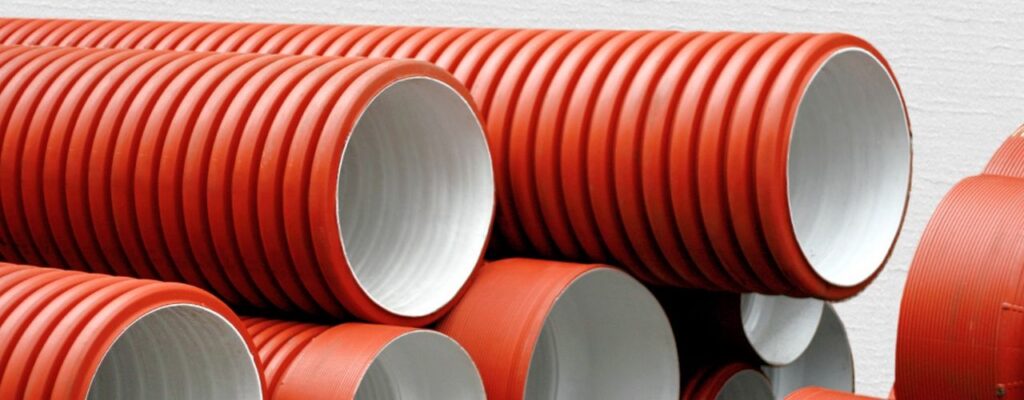Generally the structure of seamless tube production should be considered in the sphere of three stages: ingot production; billet production; tube making. For realization of this structure various options of equipment combination are possible. You can purchase different equipment on http://stangroup.us/products/lockforming-machinery/.
Main stages
The second stage – the production of billets – is implemented in rolling shops or forging shops, longitudinal rolling mills and forging presses, respectively. In this case high demands are made on the quality of the tube billet, its internal structure and the level of sulfur, phosphorus and dissolved gases. Pipe ingots and billets made of ferrous metal can be transferred to tube-rolling shops.
Even more complicated is the third stage of processing, which is realized in tube-rolling shops. It also consists of 3 stages: piercing, rolling and hot-finishing. The use of different piercing methods based on helical rolling (rolling mills); pressing; a combination of pressing and longitudinal rolling allows to use both billets and ingots as an initial product and to produce a high quality shell. For less ductile and hard-to-deform steels pressing and piercing are commonly used.

Piercing is carried out on roller mills with drum-type working stands; vertical hydraulic presses of direct action; plants with hydraulic or rack-and-pinion drive of a pusher and a two-roller longitudinal rolling stand. For rolling we also use methods of longitudinal and helical rolling, squeezing of metal in the gap, periodic rolling on mandrels (short and long). These methods are implemented, respectively, on automatic, continuous, rack and screw rolling lines.
At this stage the required thickness of the tube (its wall) is obtained. For variants using automatic and lath mills, helical rolling mills are included in the equipment in order to obtain a regular circular profile and to eliminate wall thickening (at the place of calibration release). It should be noted a variety of structural design of rolling mills, the use of work stands with an open and closed type bed.
Very important is the stage of hot rolling calibration, which is carried out by the methods of longitudinal and helical rolling without a mandrel. This is where the correct circular profile and diameter of the tube is finally created, within the tolerances. For calibrating and reducing, continuous bands are mainly used. Reduction and stretching operation of a group of stands on a continuous machine is widespread. With all the variety of sizes and steel grades used for seamless tube and billet production, homogeneous operations can be structurally distinguished, which by technology determine equipment composition and shop layout.

The process of seamless tube and hollow billet production includes the set of operations consisting in billet forming. This is done until a finished tube with specified technical characteristics is obtained. The course of the process, the sequence of operations and types of processing are determined by configuration, size and quality of the initial billet, requirements to the finished product, determined by the conditions of pipe exploitation.
Primary metal is stored or transported to the warehouse. There it is weighed, stocked according to the rules, and before being sent to the production, inspection (full or selective) is made, and if necessary, to correct deficiencies, it is refined and reinspected. You can buy all the equipment you need at https://stangroup.us/products/spiral-tubeformer/.

